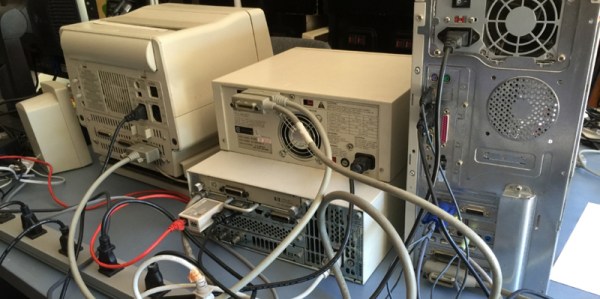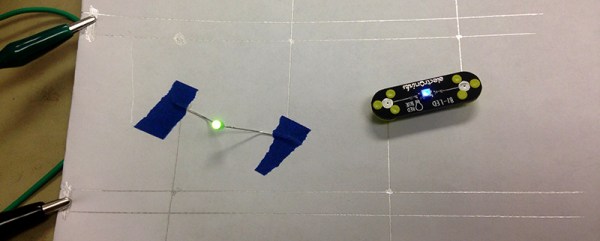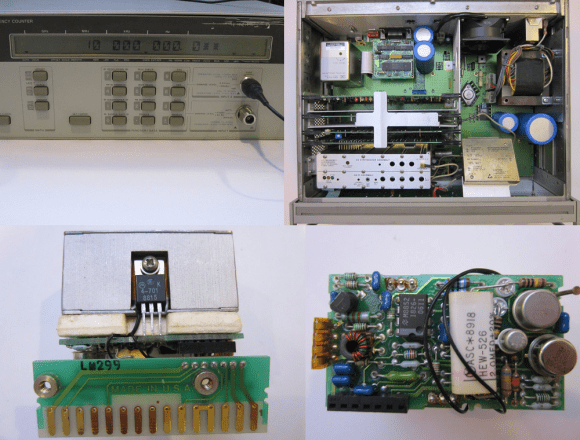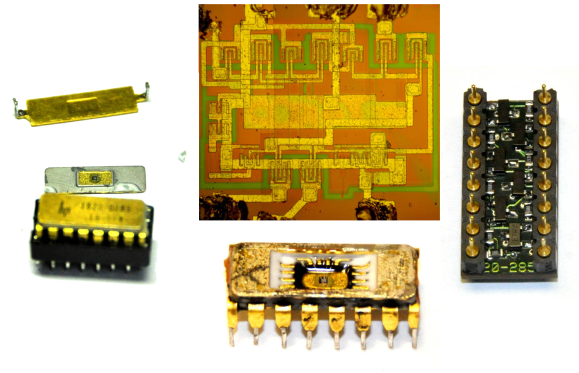If you look on the back of old, old test equipment, you’ll find a weird-looking connector that’s either labeled IEEE-488, GPIB, or HP-IB. It’s a very old interface designed by HP for their test equipment, and it was licensed to other manufacturers for everything from power supplies to logic analyzers. Hewlett-Packard also made computers and workstations once upon a time, and it’s no surprise this interface also made it into these boxes. They even had external hard drives that operated over the HP-IB interface.
[Chris] has a few of these old computers, and wanted to see if he could emulate one of these HP-IB hard drives. There is a project to emulate these hard drives, but the electrical connection is a bit tricky; you need an IEEE-488 card, and those really aren’t made anymore.
Nevertheless, [Chris] found an old ISA IEEE-488 last year, and installed it in the PC system he’s using for all his retro explorations. After getting the card and cable to fit in the case of his PC, [Chris] connected a real HP-IB disk to his modern computer running HPDrive, made an image, and connected an old HP 150 computer. The image was read by the HP 150, and [Chris] had a vintage computer running off an emulated drive.




 [Matthew] got himself into a real pickle. It all started when he was troubleshooting a broken Hewlett Packard 8007A pulse generator. While trying to desolder one of the integrated circuits, [Matthew] accidentally cracked it. Unfortunately, the chip was a custom HP Pulse shaper IC – not an easy part to source by any means. That broken chip began a 5 year mission: to explore strange new repair methods. To seek out new life for that HP 8007A.
[Matthew] got himself into a real pickle. It all started when he was troubleshooting a broken Hewlett Packard 8007A pulse generator. While trying to desolder one of the integrated circuits, [Matthew] accidentally cracked it. Unfortunately, the chip was a custom HP Pulse shaper IC – not an easy part to source by any means. That broken chip began a 5 year mission: to explore strange new repair methods. To seek out new life for that HP 8007A. 








